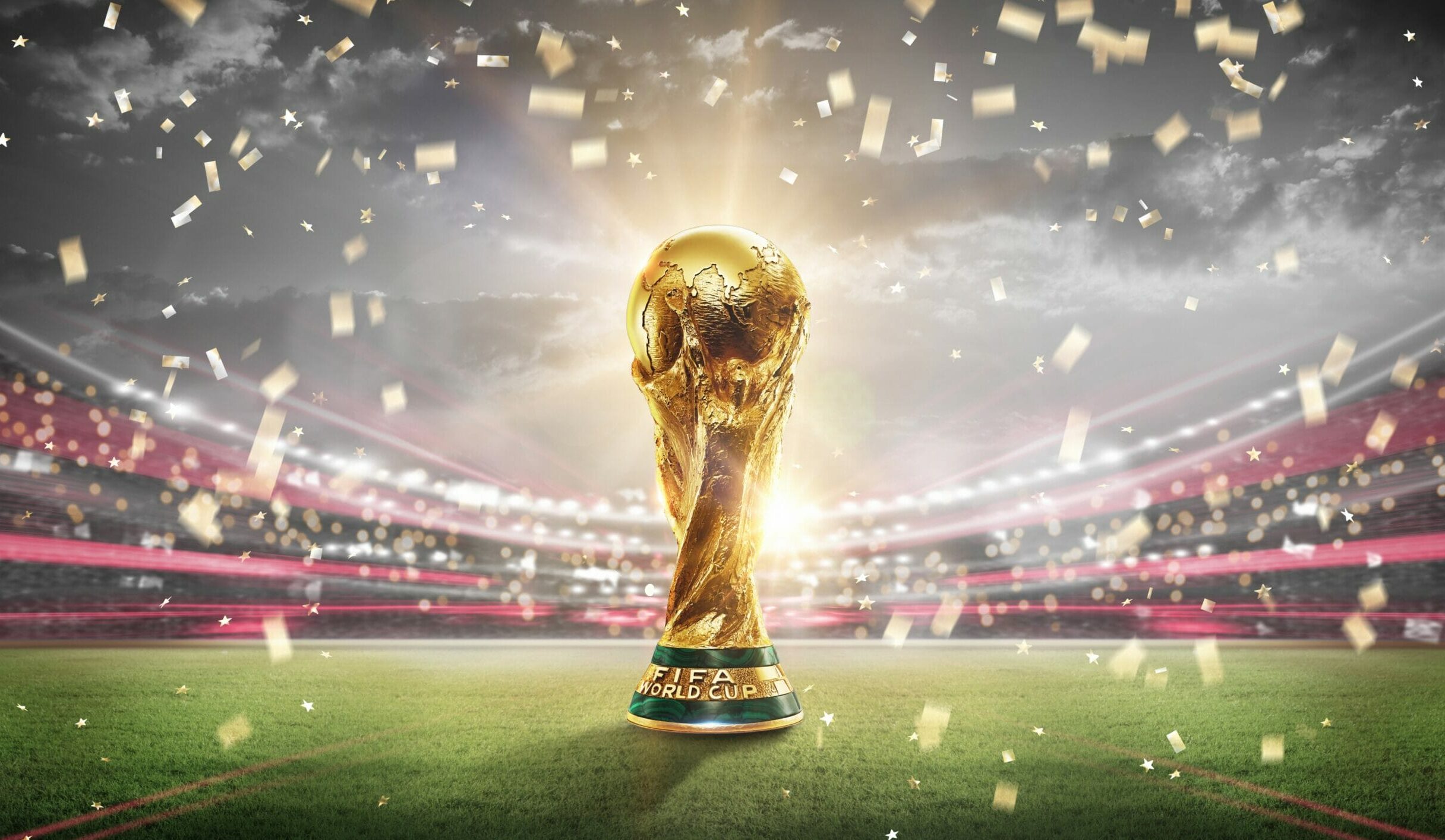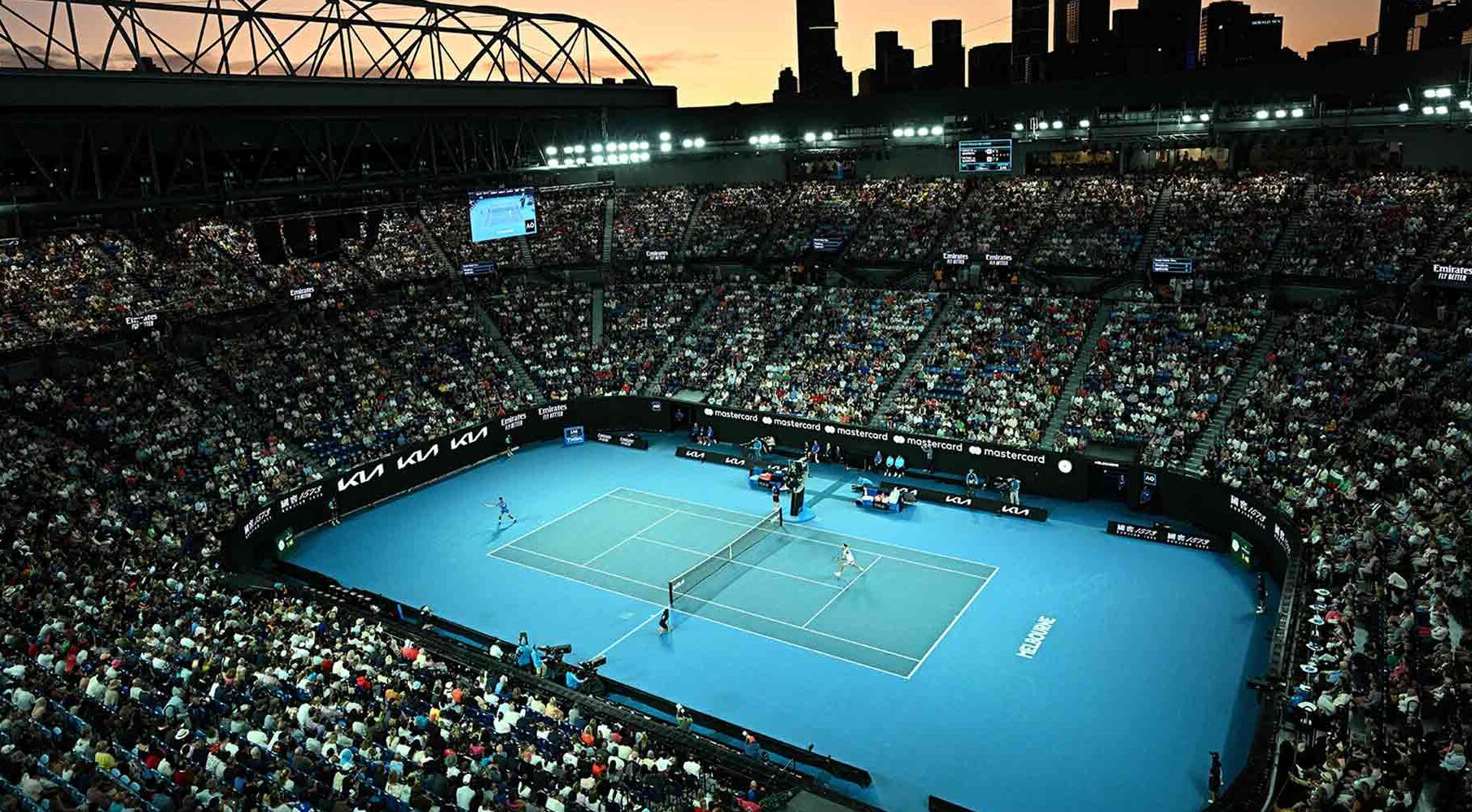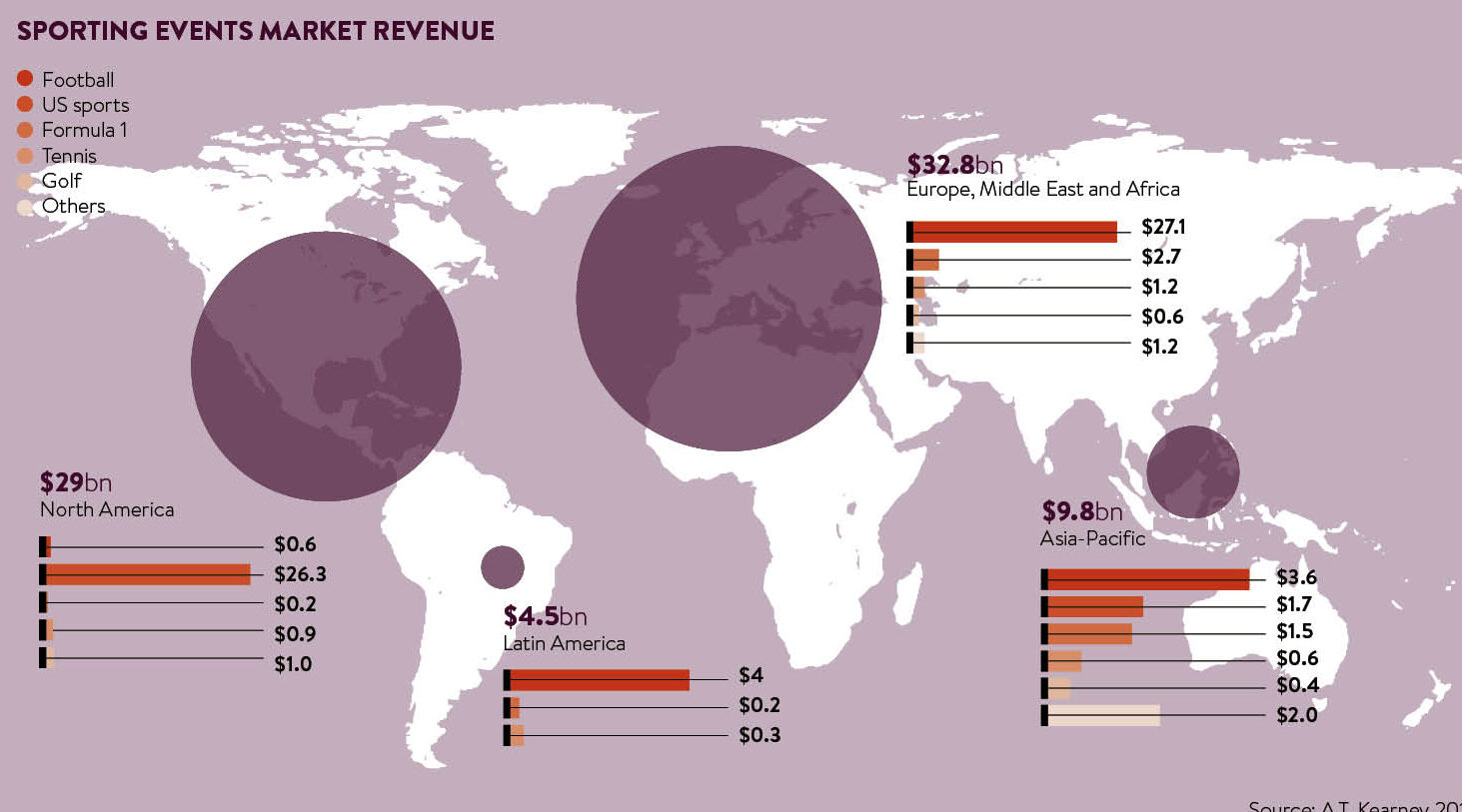International sports coverage is important due to the global interest in sports. Large-scale sporting events such as the Olympics and FIFA World Cups have been more frequently hosted in emerging nations, leading to increased global interest and participation in sports. The sports events segment worldwide is projected to continue growing, resulting in a market volume of US$32.42bn in 2027. As a result, international sports coverage has become increasingly important in bringing people together from different cultures and backgrounds, creating a sense of unity and community.
The media plays a crucial role in sports coverage, promoting events and sponsorships that generate revenue for athletes and sports leagues. However, the media also has the ability to shape societal norms and stereotypes about gender in sports coverage, promoting a balanced representation of athletes regardless of gender. A content analysis of sports coverage identified the featured sports, gender balance, and the role of national interest in the events and athletes represented, highlighting the importance of diversity in sports agenda. In addition, the media’s portrayal of women in sports is often dominated by references to appearance, age, or family life, while men are depicted as powerful and independent.
The impact of sports on society and culture cannot be overstated. Sporting events have the power to bring people together and promote a sense of national pride and identity. Additionally, states use sports to promote themselves during non-sporting events, such as the example of Expo 2020. Analyzing the global sports spectacle is a way of reviewing the contribution of international sports to the globalization process. Even during times of conflict and division, sports have the ability to unite people for a common purpose. Therefore, international sports coverage is vital in promoting unity, diversity, and cultural exchange.
Analysis of major global sporting events and competitions
Major global sporting events have a significant impact on the world of sports and attract millions of viewers from around the world. The Olympic Games, held every four years, is one of the most prestigious and widely recognized sporting events globally. The event brings together athletes from various countries to compete in a range of sports, including track and field, swimming, gymnastics, and many others. Hosting the Olympic Games can have significant economic benefits for the host country. The 2022 Winter Olympics in Beijing, for instance, marked the first time a city hosted both the Summer and Winter Olympic Games. However, major sporting events like the Olympics have also been criticized for their high costs and potential human rights violations.

The FIFA World Cup, held every four years, is another major global sporting event that attracts millions of viewers worldwide. The tournament brings together national soccer teams from around the world to compete for the title of world champion. The 2022 World Cup in Qatar has continued to engage TV audiences worldwide, with record-breaking numbers across multiple markets. The event’s global reach and TV viewership make it one of the most-watched sporting events globally. However, the World Cup has also faced criticism for its human rights record and concerns about corruption in the organization.
Tennis Grand Slams, including the Australian Open, French Open, Wimbledon, and the US Open, are among the most prestigious and highly anticipated annual sporting events globally. These tournaments attract the world’s best tennis players to compete for the title of Grand Slam champion. The appeal of tennis continues to grow worldwide, with players from various countries competing at the highest level. The tournaments are also significant in terms of sponsorship and commercial opportunities, with companies investing heavily in advertising and branding during the events. The Grand Slam tournaments are considered the most important annual professional tennis tournaments and are highly anticipated by fans worldwide.

The future of international sports coverage and technology advancements
The future of international sports coverage is closely tied to emerging technologies. As information and communication technologies continue to develop, new opportunities arise for sports coverage. For example, virtual and augmented reality technologies are already being used to enhance the viewing experience for fans. Additionally, advancements in data analytics and artificial intelligence are providing new insights into player performance and game strategies. These technologies are expected to continue to shape the future of sports coverage, providing fans with more immersive and interactive experiences.

The globalization of sports has led to the emergence of new sports and competitions, which are gaining popularity around the world. Large-scale and mega sports events, such as the Olympic Games and FIFA World Cup, are being hosted in emerging nations more frequently. This trend is expected to continue, providing greater opportunities for athletes and fans alike. Moreover, the increasing diversity of sports and competitions is likely to lead to more varied and exciting sports coverage in the future.
The impact of globalization on sports participation and coverage cannot be ignored. As sports continue to become more global, they are increasingly used as a tool for promoting national identity and soft power. However, concerns about human rights and economic impacts of global sports events continue to be raised. As such, it is important that international sports coverage remains critical and reflective of these issues. By doing so, sports coverage can continue to shape global conversations and provide insights into the world we live in.










